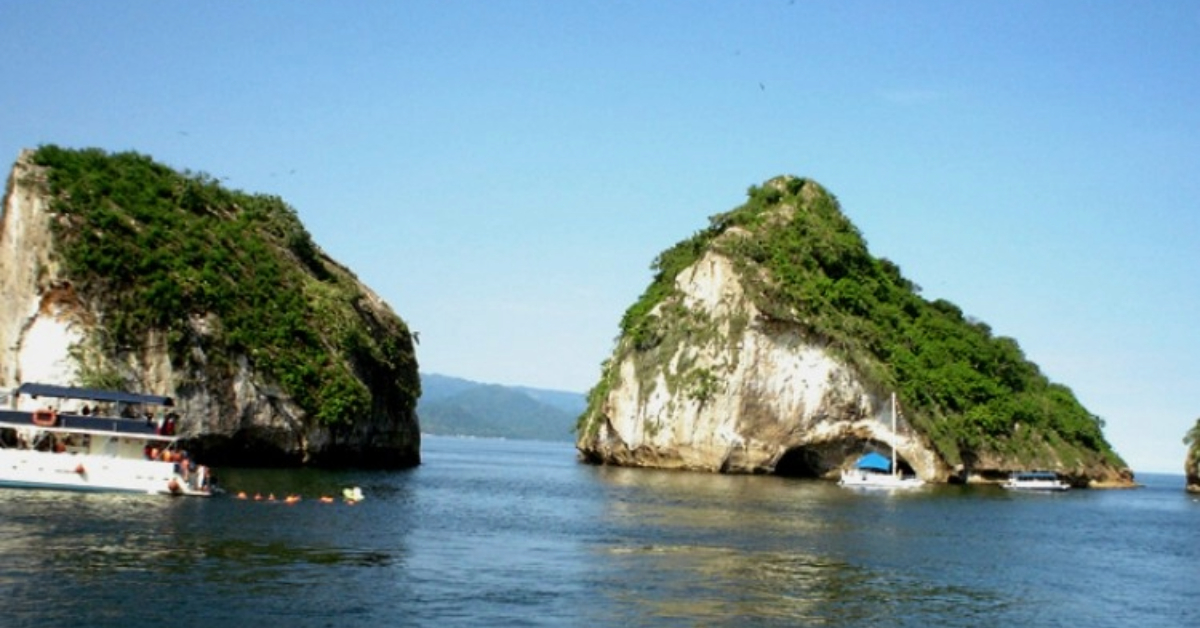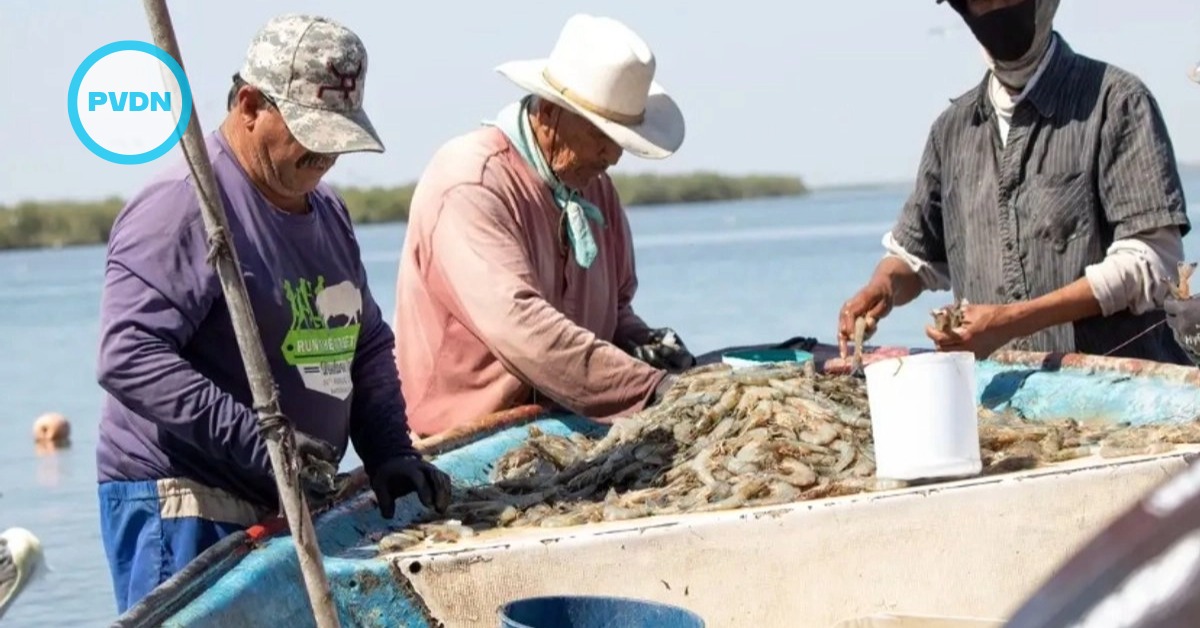Puerto Vallarta, Mexico - Following the official declaration of Mismaloya Beach as a Protected Natural Area (Área Natural Protegida, ANP), local biologist and PhD in Sciences, Helios Hernández Hurtado, emphasized the pressing need to develop and implement a management plan for the newly designated site. The beach, located on the coast of Jalisco, is now recognized as a vital natural habitat that requires protection to safeguard its biodiversity.






